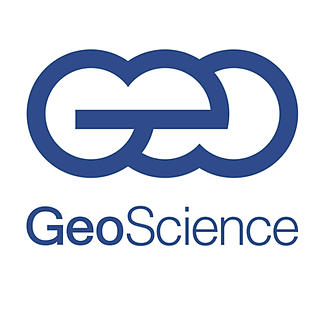What is Oilfield Geomechanics?
- GeoScience Limited
- May 26, 2023
- 3 min read
Updated: Apr 24, 2024
Geomechanics is the study of how soils and rocks in the Earth's crust respond to changes of stress, pressure, temperature, and other parameters. Oilfield Geomechanics applies these principles to oil and gas fields. It deals with rock strengths, stresses, displacements within the rock mass and the stability of its structure, as well as the influence of both natural and introduced fluids in rock formations.

The figure above shows the failure processes in a vertical well with a fly-down (Right) of a well using our in-house software to visualise data.
What role does Geomechanics play in the oilfield?
Geomechanics in the oil industry is still considered a relatively new and niche science, although it is becoming more mainstream as oil and gas exploration moves into ever more challenging areas, and with increasingly complex and long well paths, requiring a much better understanding of how the subsurface moves and deforms. Geomechanical principles first introduced and applied to the oil industry in the 1950’s now play an essential role in all aspects of oil and gas operations, from exploration, production, abandonments and the re-purposing of wells for energy and carbon storage. Planning and operations over the life of a field are influenced by geomechanics. Understanding of geomechanical issues contributes to better decisions, less risk and a proven reduction in non-productive time. Wells that could not be drilled 25 years ago are now routine. Applications of geomechanics in the industry include:
Wellbore stability, drilling increasingly complex wells through unstable or depleted formations
Well stimulation, enhanced recovery
We also provide in-house Wellbore Stability Awareness training courses to client teams and real-time support for drilling operations.
The Importance of In Situ Stress
Knowledge and understanding of the stress state peculiar to rock formations at depth is central to understanding and solving oilfield geomechanics problems. In situ stresses, pressure and temperature influence the behaviour of a formation during drilling operations, completion and throughout production. Away from tectonically active areas, stresses within the subsurface are in an apparent state of equilibrium. Oilfield activities, such as drilling, production and injection disturb the stress state. The role of oilfield geomechanics is to describe when and how this equilibrium will be altered, what the potential risks are and what possible impacts these could have on drilling and production. The relevance of oilfield rock mechanics increases in importance as wells become more complex and expensive to drill and prospects are more challenging to take to production.
Geomechanical solutions from GeoScience
The basis of any geomechanical analysis is the estimation of the magnitudes and azimuths of the 3 in situ principal stresses. Rock strength parameters, formation pressure and temperature are also required. There are no means of making direct measurements for many of these parameters, and typically the samples and data obtained from logging and coring is rarely designed for geomechanical purposes.

Stereographic plot of the sanding limit under reservoir pressure.
As a result, GeoScience Limited has developed a robust methodology to extract and validate the inputs required for geomechanical modelling and link operations to in situ wellbore conditions. When information is missing or of low confidence our methodology allows for the quantification of uncertainty.
With expert judgement reflecting our 37 years of experience in the industry we continue to turn Oilfield Geomechanics into practical solutions.
Find out more about the services we offer here: https://www.geoscience.co.uk/oilfield-geomechanics





After talking with a friend about online fun, I thought to try some casino myself. I opened 24 casino and saw that they have free spins, deposit rewards and welcome packs that make it enjoyable. In UK the site runs smooth, no problems at all. The casino looks bright and friendly, the games are easy to start, and I liked how the bonuses add more fun. It gave me something entertaining to do in the evening.